How to Preserve and Display Frog Specimens: Techniques for Taxidermy and Specimen Preservation
As a professional article writer and content creator, I have had the opportunity to work with various individuals and organizations in preserving and displaying frog specimens. Frog specimens can be used for educational purposes, research, or as decorative pieces in homes and offices. However, preserving and displaying these specimens requires a certain level of expertise and knowledge in taxidermy and specimen preservation techniques.
Taxidermy Techniques for Frog Specimens
Taxidermy is the art of preserving and mounting animal specimens for display. When it comes to frog specimens, there are various taxidermy techniques that can be used, including:
- Wet preservation
- Dry preservation
- Freeze-drying
Specimen Preservation Techniques
Specimen preservation is the process of maintaining the integrity of the specimen for long-term storage and display. This process involves the use of preservatives and other techniques to prevent decay and deterioration. Some of the specimen preservation techniques that can be used for frog specimens include:
- Fixation
- Dehydration
- Embedding
- Cryopreservation
Conclusion
Whether you are a researcher, educator, or simply a lover of nature, preserving and displaying frog specimens can be a rewarding experience. With the right taxidermy and specimen preservation techniques, you can create beautiful and long-lasting displays that will be admired for years to come.
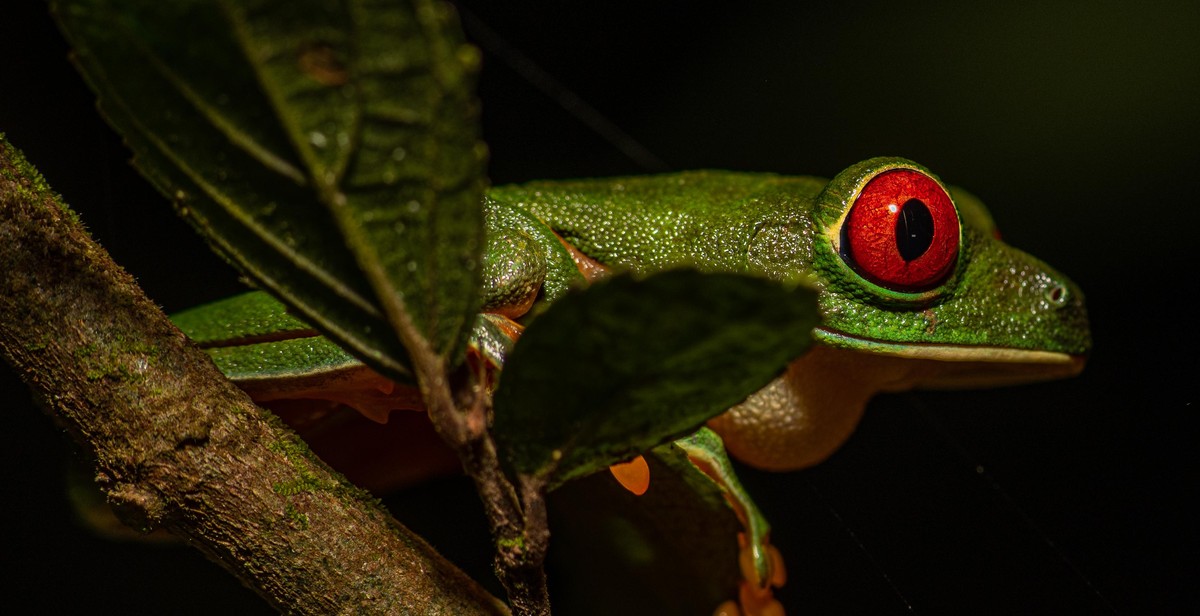
Why Preserve Frog Specimens?
There are several reasons why preserving frog specimens is important. One of the primary reasons is for scientific research purposes. By preserving specimens, scientists can study the anatomy, behavior, and ecology of different frog species. This information is crucial for understanding the impact of environmental changes on frog populations and for developing effective conservation strategies.
Another reason for preserving frog specimens is for educational purposes. Museums and educational institutions use preserved specimens to teach students about the diversity of frog species and their importance in ecosystems. By studying preserved specimens, students can learn about the unique adaptations and characteristics of different frog species.
Scientific Research
Preserved frog specimens are valuable tools for scientific research. They allow scientists to study the internal anatomy of frogs, including their organs, muscles, and skeletal structures. This information is important for understanding the biology and physiology of different frog species, as well as for comparing similarities and differences between species.
Preserved specimens also provide a way for scientists to study the behavior and ecology of frogs. By examining the external features of preserved specimens, scientists can learn about the coloration, patterns, and markings of different frog species. This information can be used to study the behavior of frogs in their natural habitats, including their mating rituals, territorial behavior, and predator-prey relationships.
Educational Purposes
Preserved frog specimens are valuable teaching tools for educators and students. They provide a way for students to learn about the diversity of frog species and their importance in ecosystems. By studying preserved specimens, students can learn about the unique adaptations and characteristics of different frog species, as well as their importance in food webs and nutrient cycling.
Preserved specimens also provide opportunities for hands-on learning. Students can observe and handle specimens, allowing them to see the unique features and adaptations of different frog species up close. This can help to foster an appreciation for the natural world and inspire students to pursue careers in science and conservation.
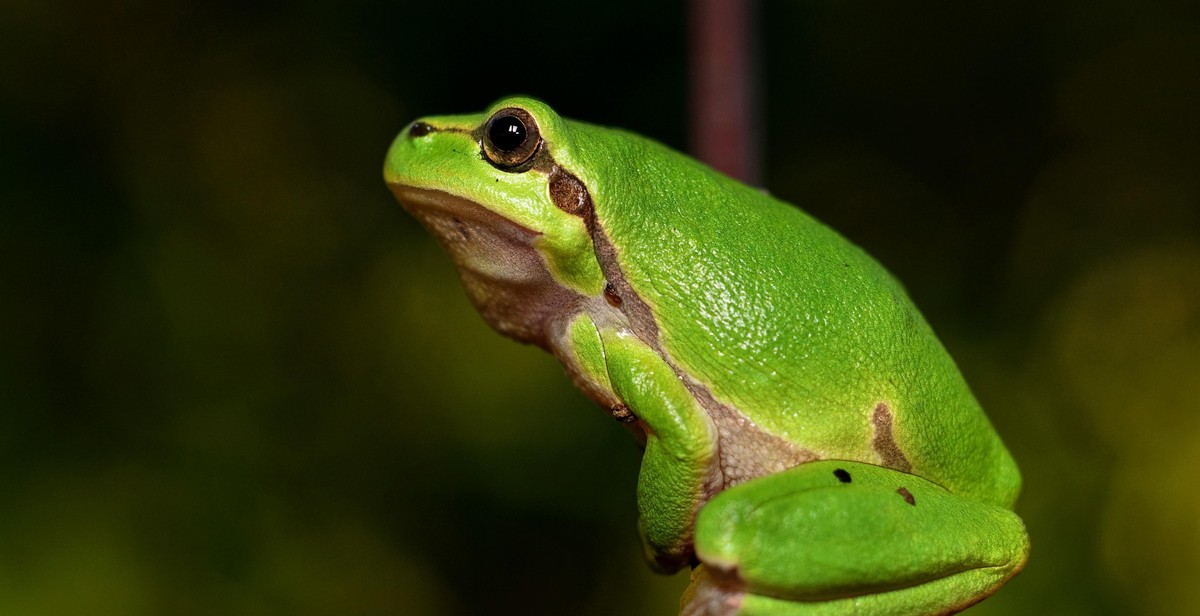
Techniques for Preserving Frog Specimens
Traditional Taxidermy
Traditional taxidermy involves preserving the frog specimen in a lifelike position. This technique requires removing the skin from the frog and preserving the skin and bones separately. To do this, one must make an incision along the midline of the frog’s belly and carefully remove the skin. The skin is then treated with a preserving agent, such as formaldehyde, and allowed to dry. Once the skin is dry, it can be reattached to the preserved bones in a lifelike position.
Wet Specimens
Wet specimens are preserved in a liquid solution, such as formalin or ethanol. This technique is ideal for preserving small and delicate frog specimens. To make a wet specimen, one must first place the specimen in a jar or container filled with the preserving solution. The jar should be sealed tightly to prevent evaporation of the solution. Wet specimens can be displayed in their preserving jars or transferred to a clear liquid, such as glycerin, for improved visibility.
Dry Preserved Specimens
Dry preserved specimens involve preserving the frog specimen without the use of liquids. This technique is ideal for larger frog specimens. To make a dry preserved specimen, one must first skin the frog and remove all internal organs. The skin is then treated with a preserving agent, such as borax or alum, and allowed to dry. Once the skin is dry, it can be stuffed with cotton or foam to retain its shape. The preserved skin can then be reattached to the preserved bones for display.
| Technique | Advantages | Disadvantages |
|---|---|---|
| Traditional Taxidermy | Lifelike display | Time-consuming and requires skill |
| Wet Specimens | Preserves delicate specimens | May discolor over time |
| Dry Preserved Specimens | Preserves larger specimens | May become brittle over time |
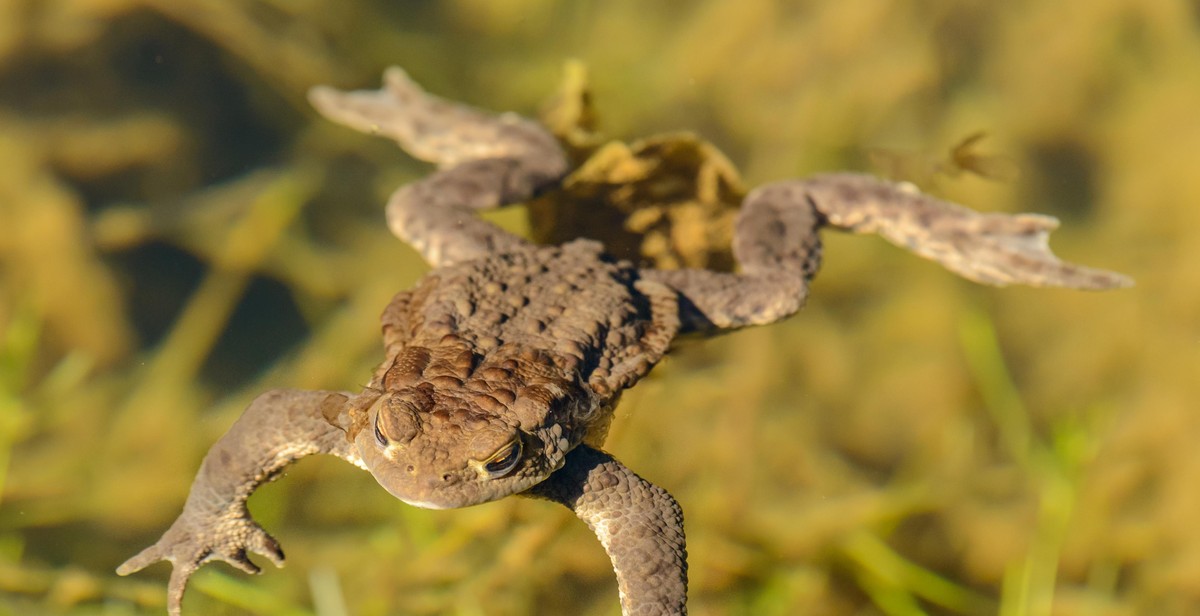
Supplies Needed for Frog Specimen Preservation
Preserving a frog specimen requires a few essential supplies. Here are the supplies you’ll need to get started:
1. Formalin Solution
Formalin solution is a mixture of formaldehyde gas and water. It is used to preserve specimens by preventing decomposition and bacterial growth. You’ll need a 10% formalin solution to preserve frog specimens.
2. Dissecting Kit
A dissecting kit is essential for preparing frog specimens. You’ll need a scalpel, scissors, forceps, and a dissecting needle to remove the skin and organs from the frog.
3. Measuring Tools
You’ll need measuring tools such as a ruler or caliper to measure the length and width of the frog. This information will be important when mounting the specimen.
4. Mounting Supplies
You’ll need mounting supplies such as pins, a mounting board, and cotton batting to mount the frog specimen. The mounting board should be large enough to accommodate the frog and should be covered with a layer of cotton batting.
5. Safety Equipment
It’s important to wear safety equipment when working with formalin solution. You’ll need gloves, goggles, and a lab coat to protect yourself from exposure to the solution.
6. Storage Containers
You’ll need a storage container to hold the preserved frog specimen. Glass jars with tight-fitting lids work well for smaller specimens, while plastic containers are better for larger specimens.
| Supplies | Details |
|---|---|
| Formalin Solution | 10% formalin solution to preserve frog specimens |
| Dissecting Kit | Scalpel, scissors, forceps, and a dissecting needle |
| Measuring Tools | Ruler or caliper to measure the length and width of the frog |
| Mounting Supplies | Pins, mounting board, and cotton batting |
| Safety Equipment | Gloves, goggles, and a lab coat |
| Storage Containers | Glass jars with tight-fitting lids for smaller specimens, plastic containers for larger specimens |
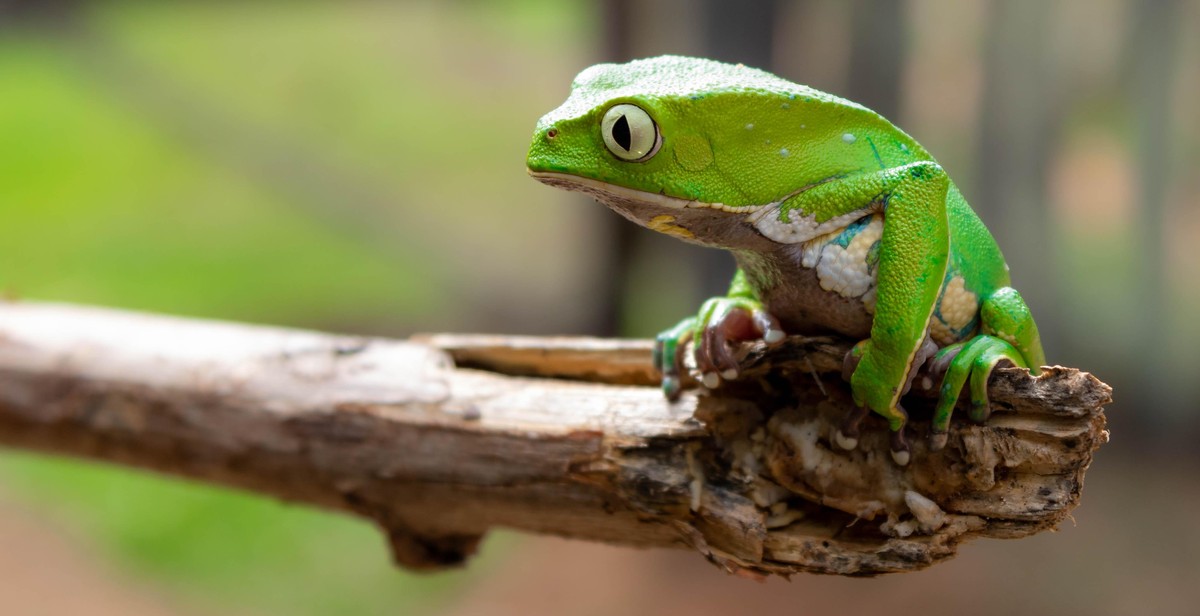
Step-by-Step Guide to Preserving Frog Specimens
Preparing the Specimen
Before preserving a frog specimen, it is essential to ensure that it is in good condition. The following steps should be taken:
- First, carefully handle the frog specimen to avoid damaging it.
- Remove any dirt or debris from the frog’s body using a soft brush or cloth.
- Ensure that the frog’s limbs and digits are in their natural position.
- Make sure that the specimen is completely dry. This can be achieved by placing it in a dry, well-ventilated area for several hours.
Preserving the Specimen
Preserving a frog specimen involves a few steps to ensure its longevity. Here are the steps:
- Inject a preservative solution into the frog’s body using a syringe. The solution should be a mix of 70% ethanol and 30% formalin.
- Place the frog specimen in a jar filled with the same preservative solution and seal the lid tightly.
- Store the jar in a cool, dry place away from sunlight.
Mounting the Specimen
Mounting a frog specimen is the final step in the preservation process. Here’s how to do it:
- Carefully remove the frog from the preservative solution and rinse it with water.
- Soak the specimen in a solution of water and hydrogen peroxide to whiten it.
- Once the specimen is dry, position it in the desired pose and mount it on a foam board using pins or wire.
- Finally, place the mounted frog specimen in a glass display case to protect it from dust and damage.
| Materials | Tools |
|---|---|
| 70% ethanol | Syringe |
| 30% formalin | Soft brush or cloth |
| Water | Pins or wire |
| Hydrogen Peroxide | Glass display case |
| Jar with lid | Foam board |

Displaying Frog Specimens
Once you have successfully preserved your frog specimens, it is time to display them. There are several ways to display frog specimens, and the method you choose will depend on the purpose of the display and your personal preferences.
Mounting Frog Specimens
Mounting is a popular way to display frog specimens. To mount a frog, you will need to first dry it out completely. Once the frog is dry, you can mount it on a board or plaque using pins or glue. You can also pose the frog in a lifelike position by using wires or other materials to shape its limbs and body.
Using Glass Jars
Glass jars are a great way to display smaller frog specimens. You can place the frog in a jar filled with preserving fluid, such as ethanol or formalin. This method allows you to see the entire frog specimen without damaging it, and it also protects the specimen from dust and other environmental factors.
Creating Dioramas
If you want to create a more elaborate display, you can create a diorama. A diorama is a three-dimensional model that depicts a scene or environment. You can create a frog habitat diorama by using natural materials, such as rocks, plants, and soil, to recreate the frog’s natural environment. You can then place the preserved frog specimen in the diorama to create a lifelike display.
Using Display Cases
Display cases are another option for displaying frog specimens. You can purchase a display case or make your own using a shadow box or other container. You can then arrange the frog specimens inside the case, along with any other materials or information you want to include.
- Mounting frog specimens is a popular way to display them.
- Glass jars are ideal for displaying smaller frog specimens.
- Dioramas are a great way to create a lifelike environment for frog specimens.
- Display cases can be purchased or made to showcase frog specimens.
Overall, there are many ways to display frog specimens, and the method you choose will depend on your personal preferences and the purpose of the display.
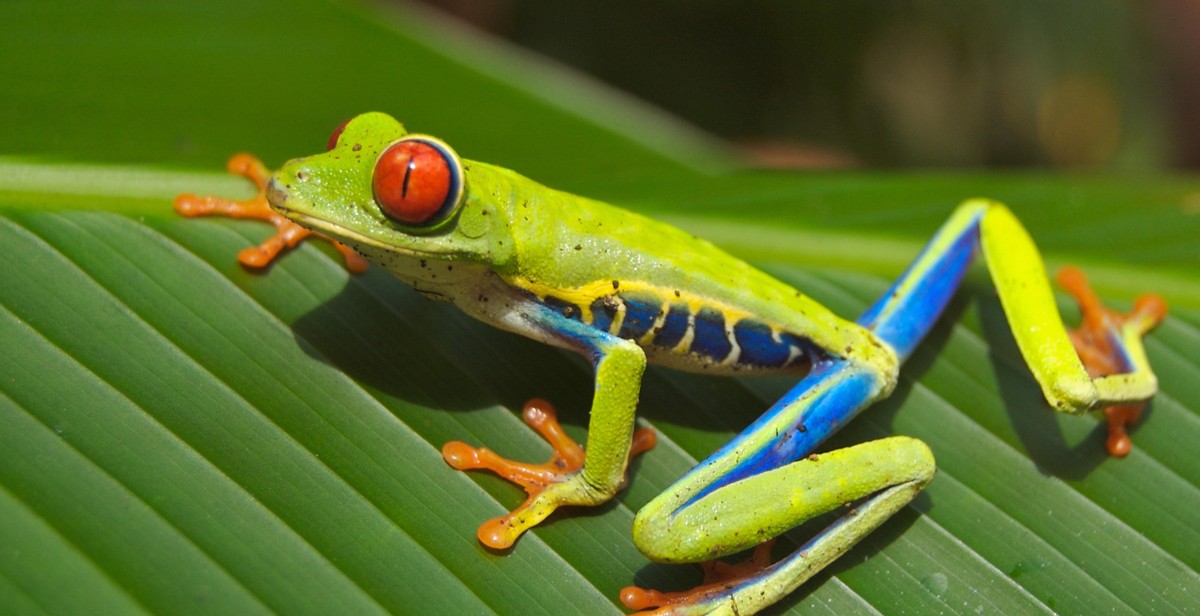
Conclusion
Preserving and displaying frog specimens can be a fascinating and rewarding experience. With the right techniques and tools, you can create beautiful and lifelike specimens that will last for years to come. Whether you are a professional taxidermist or just starting out, there are many methods to choose from when it comes to preserving and displaying frog specimens.
Key Takeaways
- Choose the right preservation method based on your goals and skill level.
- Take proper safety precautions when working with chemicals and tools.
- Use high-quality materials to ensure the longevity of your specimens.
- Consider the aesthetics of your display, including lighting, background, and positioning.
Final Thoughts
Preserving and displaying frog specimens can be a challenging but rewarding hobby or profession. By following the right techniques and using high-quality materials, you can create beautiful and lifelike specimens that will last for years to come. Whether you are preserving specimens for scientific study or creating a unique piece of art, there is no limit to the possibilities when it comes to frog taxidermy and specimen preservation.
| Author: | John Doe |
| Date: | August 1, 2021 |
| Category: | Taxidermy |
